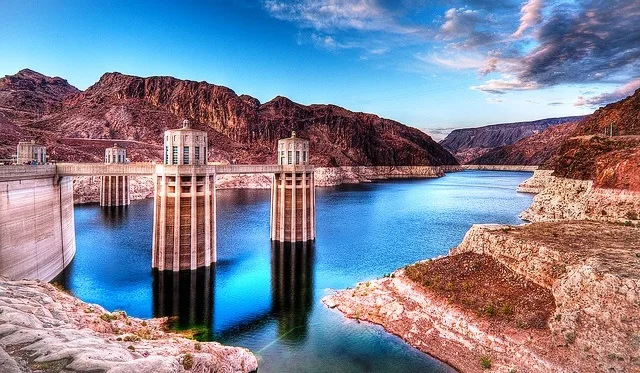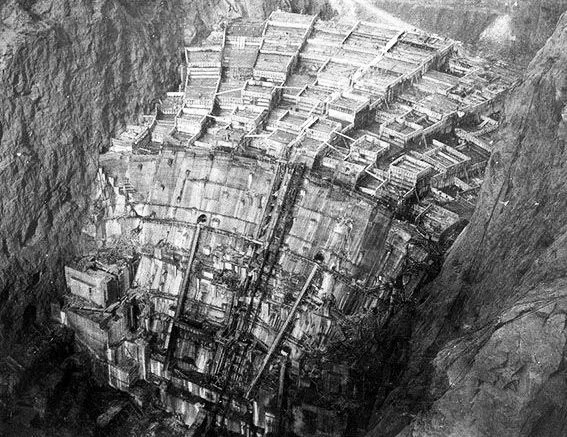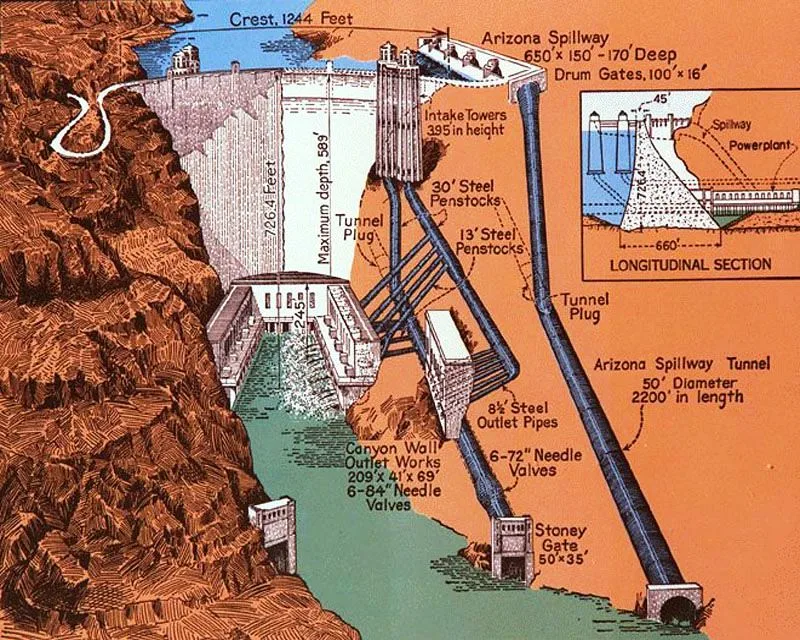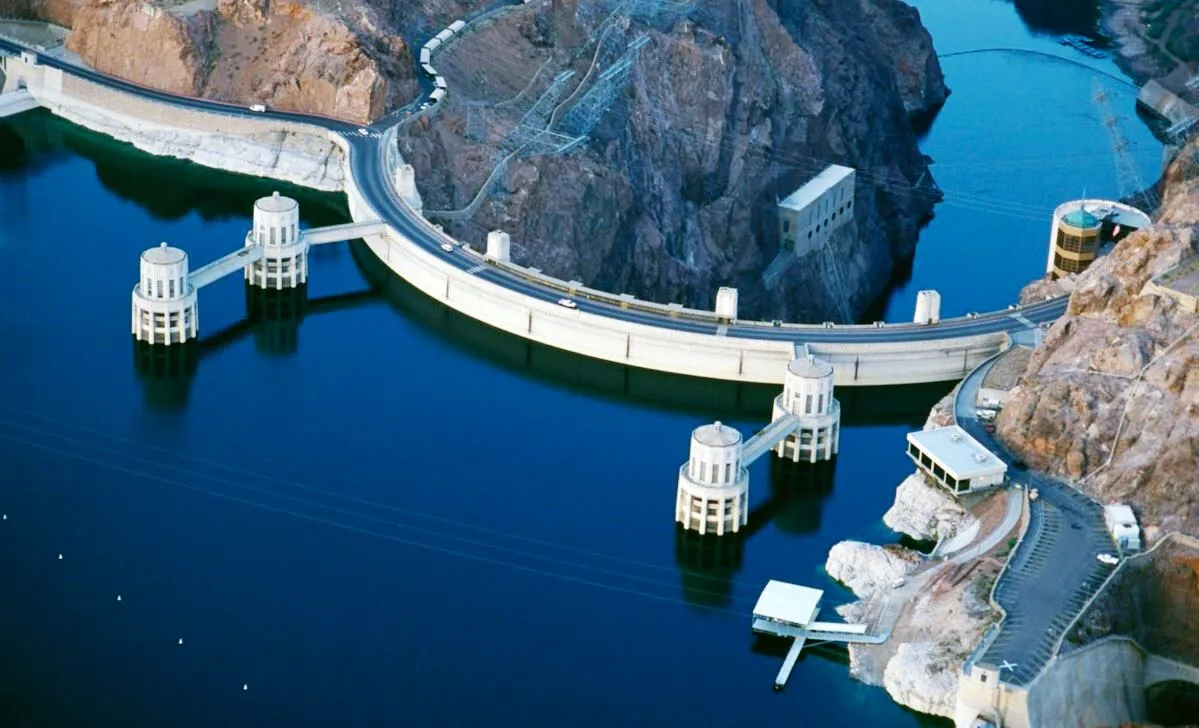The Engineering Marvel of Hoover Dam: How It Works and Why It Matters.
Constructed between 1931 and 1936, the Hoover Dam stands as one of the greatest achievements in civil engineering and a symbol of American innovation. Built during the Great Depression, this massive structure was designed to control the unpredictable Colorado River, protect the region from floods, store water for farming and cities, and produce hydroelectric power for millions of people.
Unlike ordinary dams, Hoover Dam was built as an arch-gravity structure, meaning it uses both its enormous weight and the natural strength of the canyon walls to hold back the immense force of the river. This clever design allowed engineers to solve one of the most complex construction challenges of the 20th century.

Diverting the Colorado River
Before construction could begin, engineers faced a seemingly impossible task: diverting the entire Colorado River. To achieve this, they blasted and carved a series of gigantic tunnels through the canyon walls, redirecting the river’s flow around the construction site.
Workers known as “high scalers” risked their lives hanging from ropes, removing loose rock and shaping the canyon walls. Their dangerous efforts prepared the site for one of the most ambitious engineering projects in history.

Building the Massive Structure.
The Hoover Dam was constructed using interlocking concrete blocks instead of one solid pour. This method was necessary because freshly poured concrete generates extreme heat as it cures. Without precautions, cracks would have formed inside the dam. To solve this, engineers embedded a network of cooling pipes throughout the concrete. Cold water was circulated through these pipes, helping the concrete set safely and evenly — a true masterpiece of planning and precision.
How Hoover Dam Produces Power.
Today, the heart of Hoover Dam’s function lies in its ability to generate clean hydroelectric energy. Water stored in Lake Mead flows into four huge intake towers, then rushes downward through enormous steel pipes called penstocks. The incredible pressure of the water spins massive turbines, which are connected to generators that produce electricity.
This renewable energy is distributed across Nevada, Arizona, and California, powering homes, businesses, and industries. Beyond electricity, the dam also ensures water supply for agriculture and cities, making life possible across the dry desert landscapes of the American Southwest.

Flood Control and Spillways.
Another key role of the Hoover Dam is flood control. To prevent uncontrolled overflow, the dam was built with two giant spillways that can release water safely back into the Colorado River. Combined, these spillways can handle water flow four times greater than Niagara Falls. This system protects downstream communities from devastating floods while maintaining a steady water supply during dry seasons.
A Legacy of Ingenuity.
The construction of Hoover Dam was not just about building a wall of concrete; it was about reshaping the future of the American Southwest. The project provided jobs to thousands during the Great Depression and created a foundation for the growth of cities like Las Vegas, Los Angeles, and Phoenix.
Even today, nearly a century later, Hoover Dam remains a powerful example of what human determination and engineering brilliance can achieve. From flood protection and water storage to renewable energy, it continues to serve millions of people.
Conclusion....
The Hoover Dam is more than just a construction project — it is a lasting symbol of progress, resilience, and innovation. By controlling the Colorado River, generating clean power, and supplying water to the desert, it has shaped the lives of generations. Thanks to modern explainers like Animagraffs’ 3D animation documentary, anyone can now explore the inner workings of this iconic structure in an easy-to-understand and visually engaging way.
📌 Don’t miss the video above to see exactly how the Hoover Dam works in stunning 3D detail.

